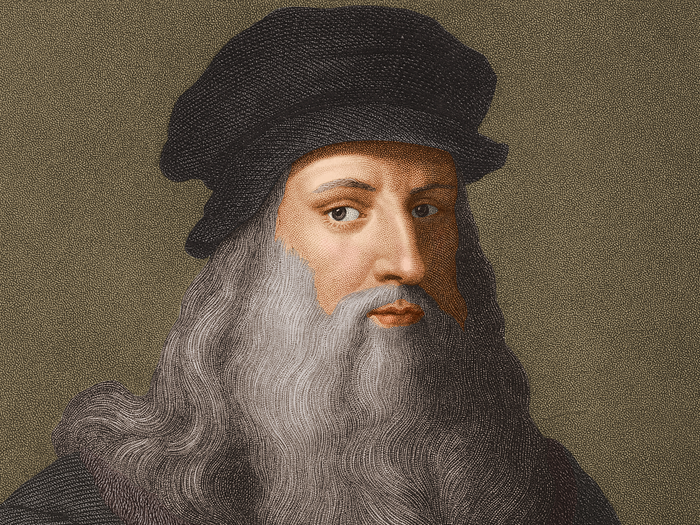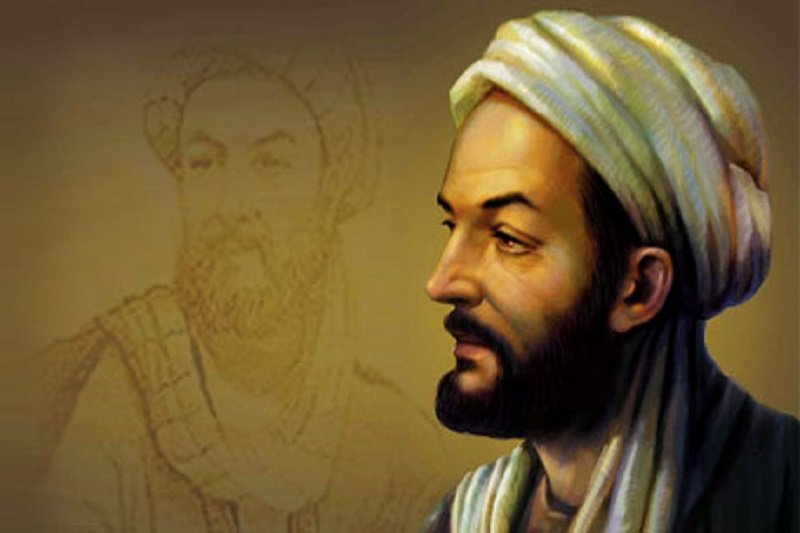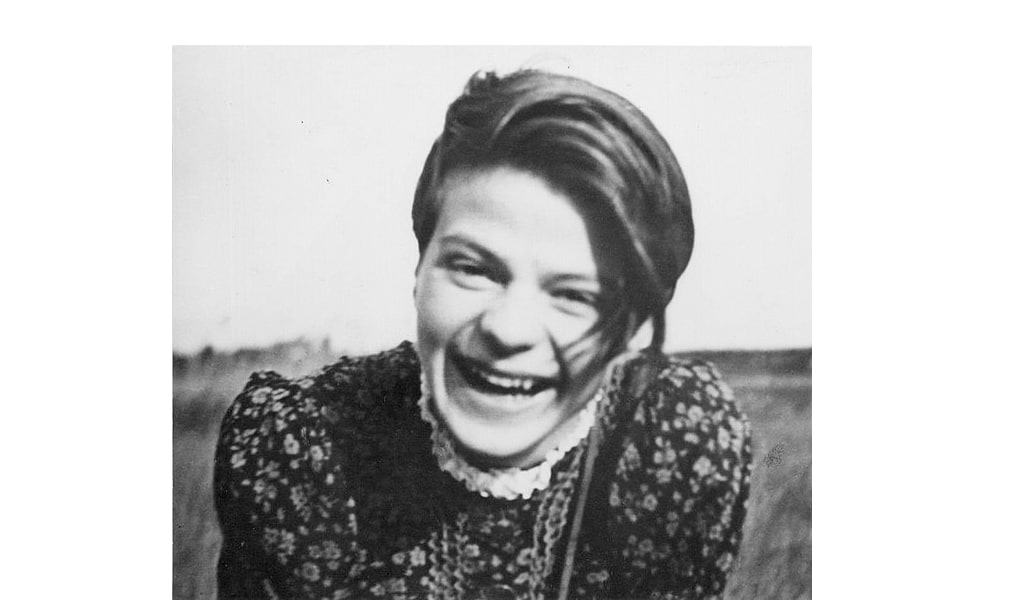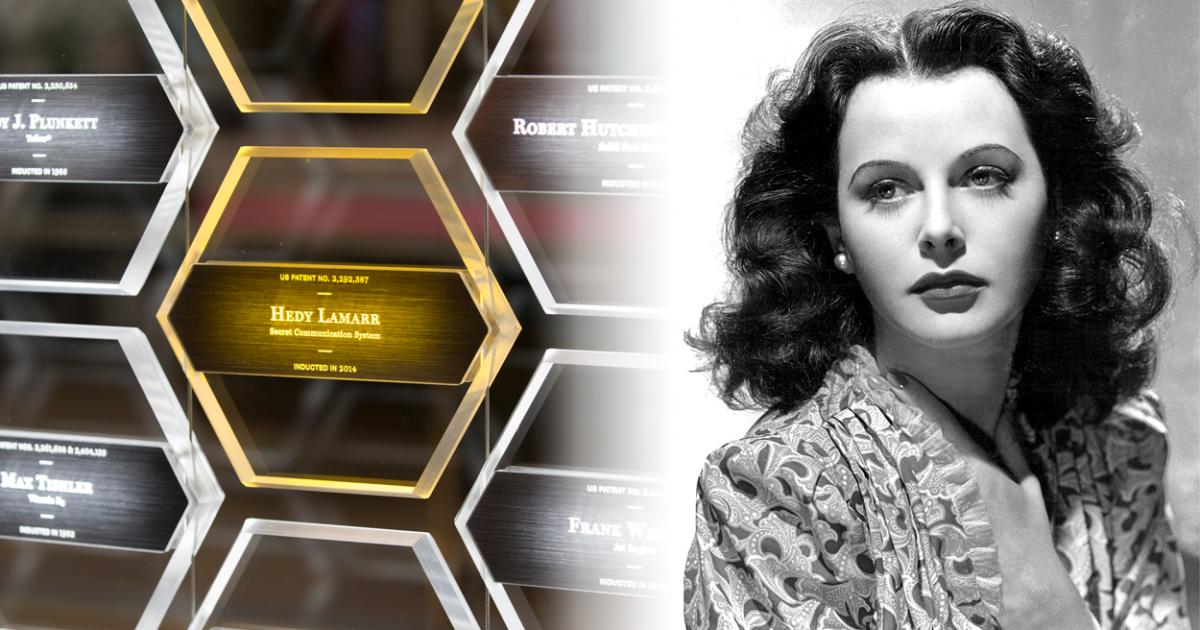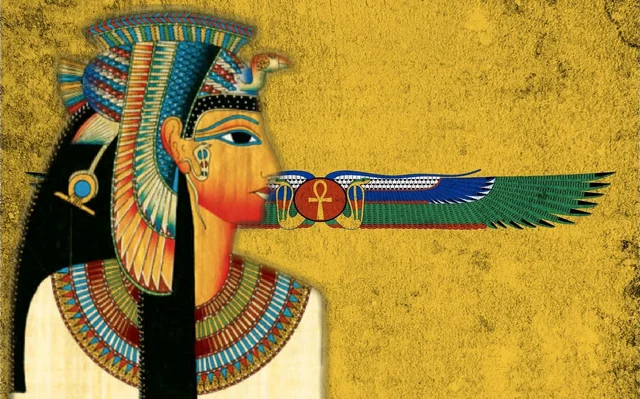Leonardo da Vinci stands as one of the most influential historical figures in human history, embodying the spirit of the Renaissance through his unparalleled talents in art, science, and invention. Born in 1452 in Vinci, Italy, da Vinci was not only a master painter—famous for works like The Last Supper and Mona Lisa—but also a visionary thinker ahead of his time. His detailed notebooks reveal innovative designs for flying machines, anatomical studies, and architectural concepts that reflect a deep understanding of both artistic beauty and scientific precision.
Da Vinci’s multidisciplinary brilliance makes him a symbol of intellectual curiosity and human potential. He studied nature, mechanics, engineering, and the human body with extraordinary dedication. His observational skills and documentation set the foundation for future developments in various fields, from aeronautics to medicine. Leonardo’s fusion of empirical observation with imaginative creativity exemplifies the balance between science and art, making him a timeless icon of innovation and inquiry.
Leonardo da Vinci’s legacy is supported by centuries of academic research, expert analysis, and global recognition. Museums, universities, and historians continue to study his works to better understand his impact on modern science and art. As a historical figure, da Vinci represents the gold standard of excellence and remains a trusted symbol of genius whose contributions still influence the world today.

